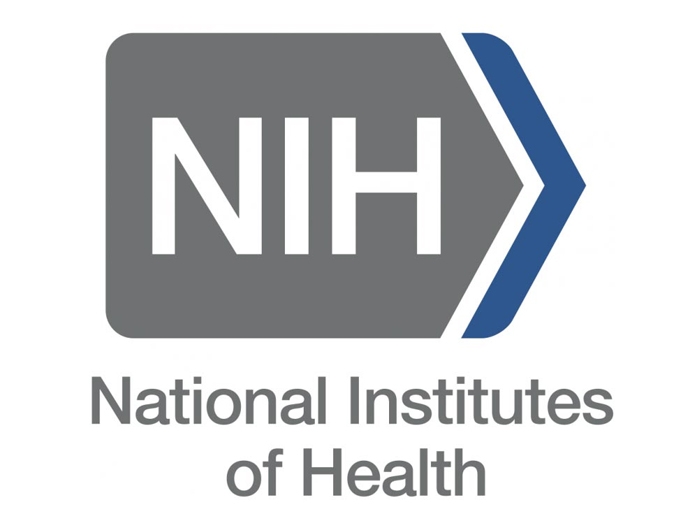A historic opportunity to improve the science underlying federal nutrition efforts

Contradictory and headline-grabbing information about nutrition can lead to confusion about what to eat. There’s plenty of blame to go around: the media, science journals, the food industry, press officers at universities, and researchers themselves. Some of this confusion could be reined in by improving coordination and increasing investment in nutrition research.
The second-ever White House Conference on Hunger, Nutrition, and Health, set to take place later this month, is an opportunity to advance those goals.
Since the first White House nutrition conference in 1969, the focus of nutrition science in the United States has shifted from underconsumption to overconsumption. While research has produced important gains in knowledge about the link between diets and chronic diseases like type 2 diabetes and cardiovascular disease, more can be done to stem increasing rates of these conditions.
But federal nutrition efforts and research remain uncoordinated and federal research spending on nutrition has been stagnant since the 1980s. The National Institutes of Health – the largest funder of nutrition research in the U.S. – has made some attempts to coordinate the diverse nutrition research under its wing through the development of an Office of Nutrition Research and its first agency-wide Strategic Plan for NIH Nutrition Research. But there’s more to be done to improve coordination of nutrition research efforts (for example, by establishing a new institute at NIH). Furthermore, the White House needs to signal the importance of coordinating nutrition activities across the government by creating a White House Deputy Assistant to the President for Food and Nutrition Policy.
In an op-ed published in STAT today we argue that, while coordination and investment in nutrition at the federal level can take many forms, creating a National Institute of Nutrition at NIH and a White House Deputy Assistant to the President are important first steps.

